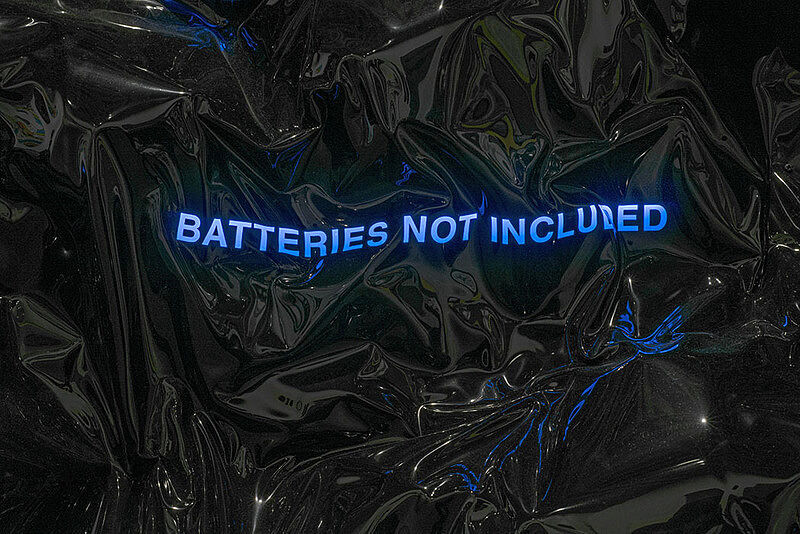On View: Gretchen Bender, People in Pain, 1988. Remade by Philip Vanderhyden, 2014
May 9, 2014
One of the themes that runs through the 2014 Biennial exhibition is the presentation of objects from art history or other historical archives. Of these projects, the one I find the most resonant is Philip Vanderhyden’s recreation of People in Pain, a 1988 sculpture by Gretchen Bender (1951-2004). For the original work (which was unfortunately destroyed after Bender’s death), the artist began with a list of every Hollywood movie that was in production for a six-month period between 1987 and 1988. Bender then printed the titles in a uniform font onto hardened black vinyl that resembled the crumpled, glistening appearance of a trash bag. Some of the movies—Dirty Dancing, Fatal Attraction, Full Metal Jacket, and Predator, for instance—are remembered today. Most are forgotten. Others, such as Word of Honor and Cry Moon, were never released at all. The work comments on the non-stop flow of often mindless entertainment media that inundates American culture every year. The titles are flattened out in presentation so that no single film is privileged over another: they’re all just part of a metaphorical trash flow.
Bender was also interested in the fact that by presenting a batch of in-production movie titles, she had placed a time-stamp on the work, ensuring that as the films become more estranged from cultural memory, the work’s relationship to its viewers would also change. When People in Pain was first exhibited at Metro Pictures gallery in 1988, most of the listed movies had not yet been released, so the work seemed to be speaking to the sense of anticipation and hype that comes with the promotion of new movies every season. Just a few years later, the titles became fodder for a nostalgic guessing game—“Did I see that one?” “Wait, who was in that?”
Now, more than twenty-five years later, People in Pain still conveys a potent message. When I scanned the titles—The Lunatics, Guardian Angels, Overboard, Casual Sex, Everybody’s All-American, Business as Usual, Baby Boom and so on—they read as a form of poetry, cataloguing the anxieties of an age. And that’s where the work really shines. It’s not about these movies, but about the language of movie titles holding up a mirror to the culture at a particular point. In the future, a look back at the titles from 2014 might have a similar effect. By remaking this work, whose content—at first glance—perhaps seems outdated, Philip Vanderhyden underscores this phenomenon.
By Gene McHugh, Interpretation Fellow


